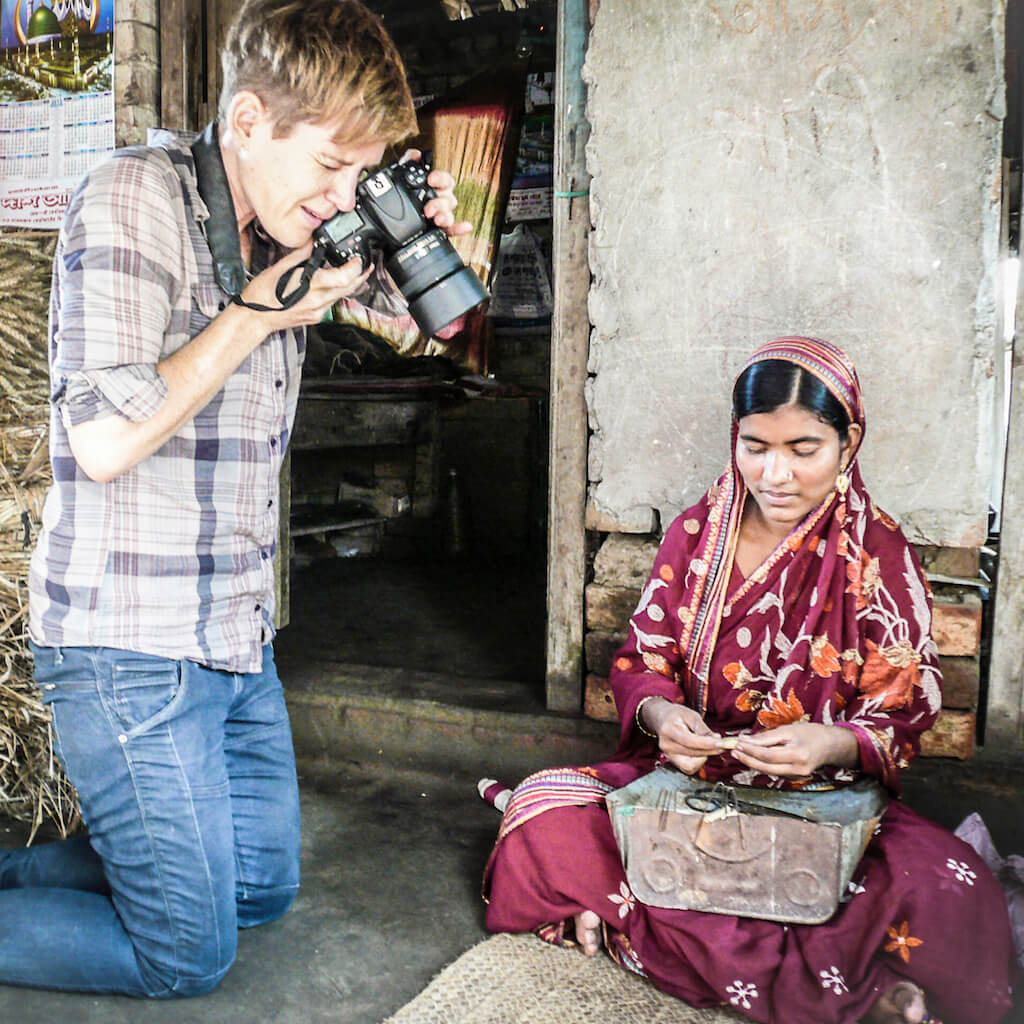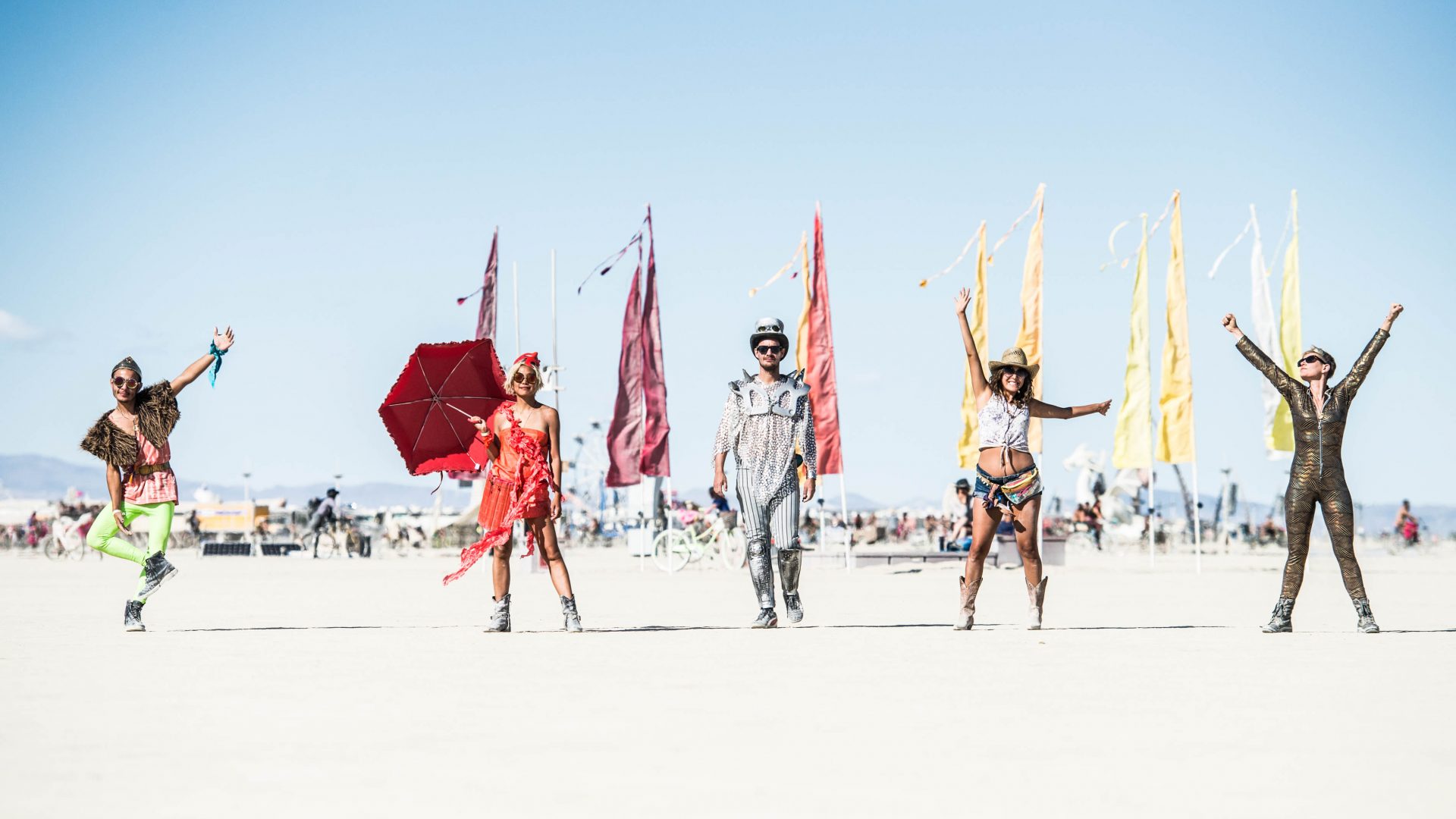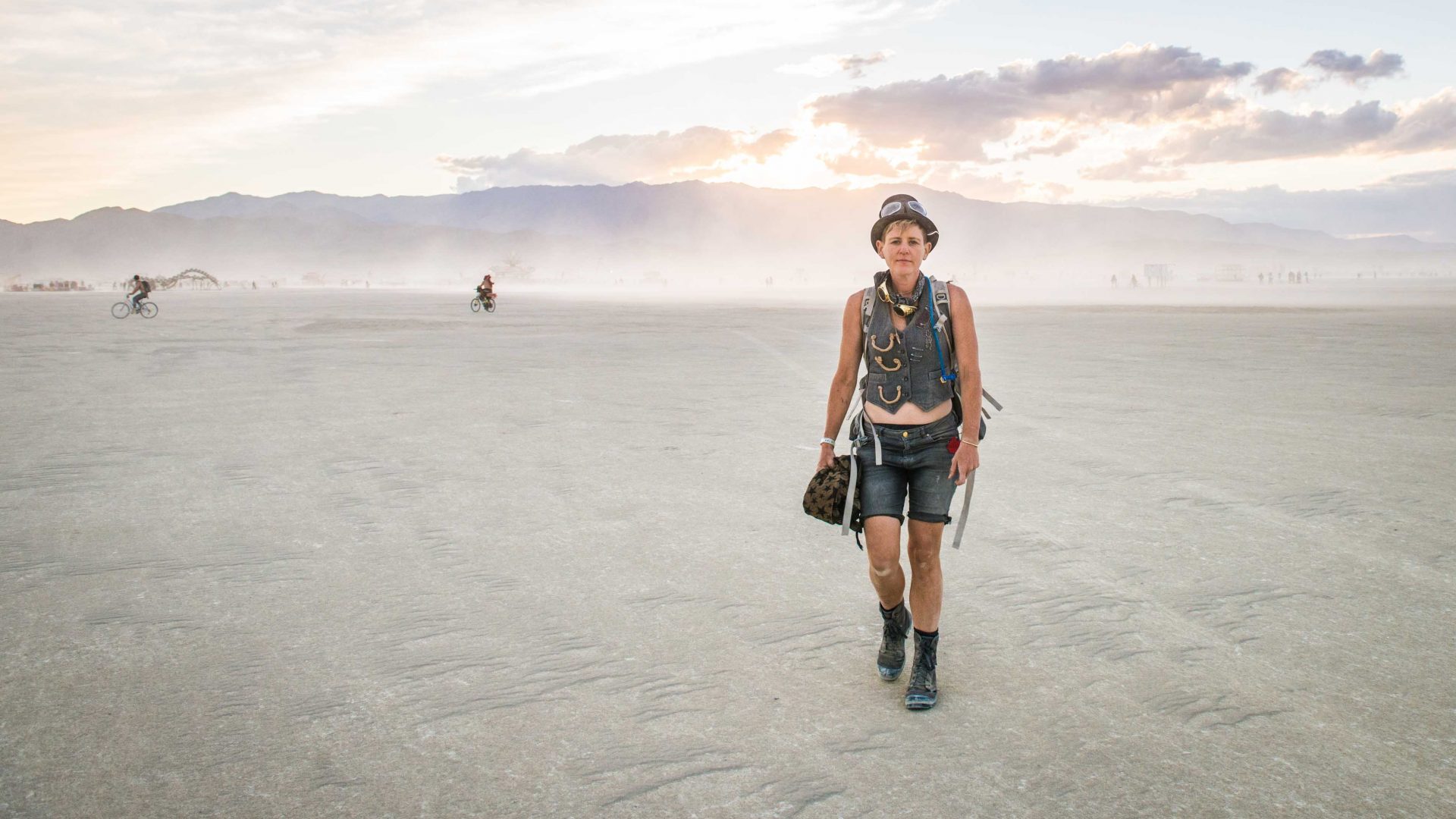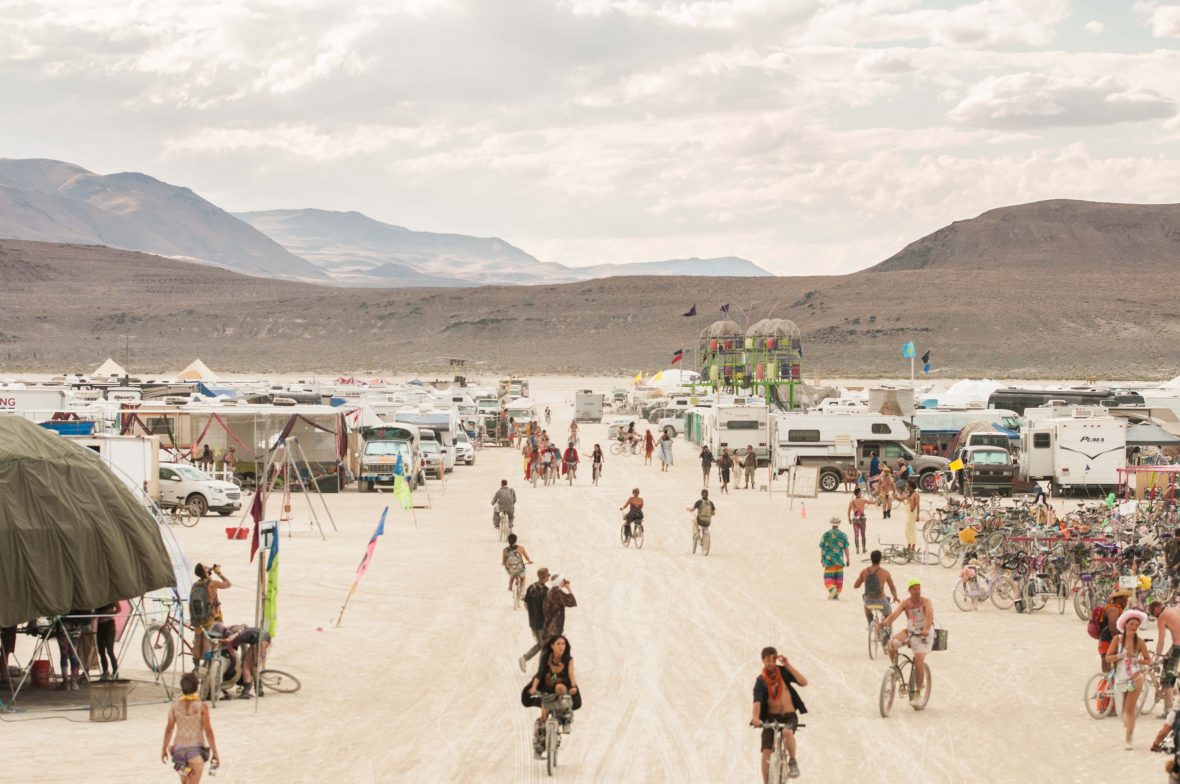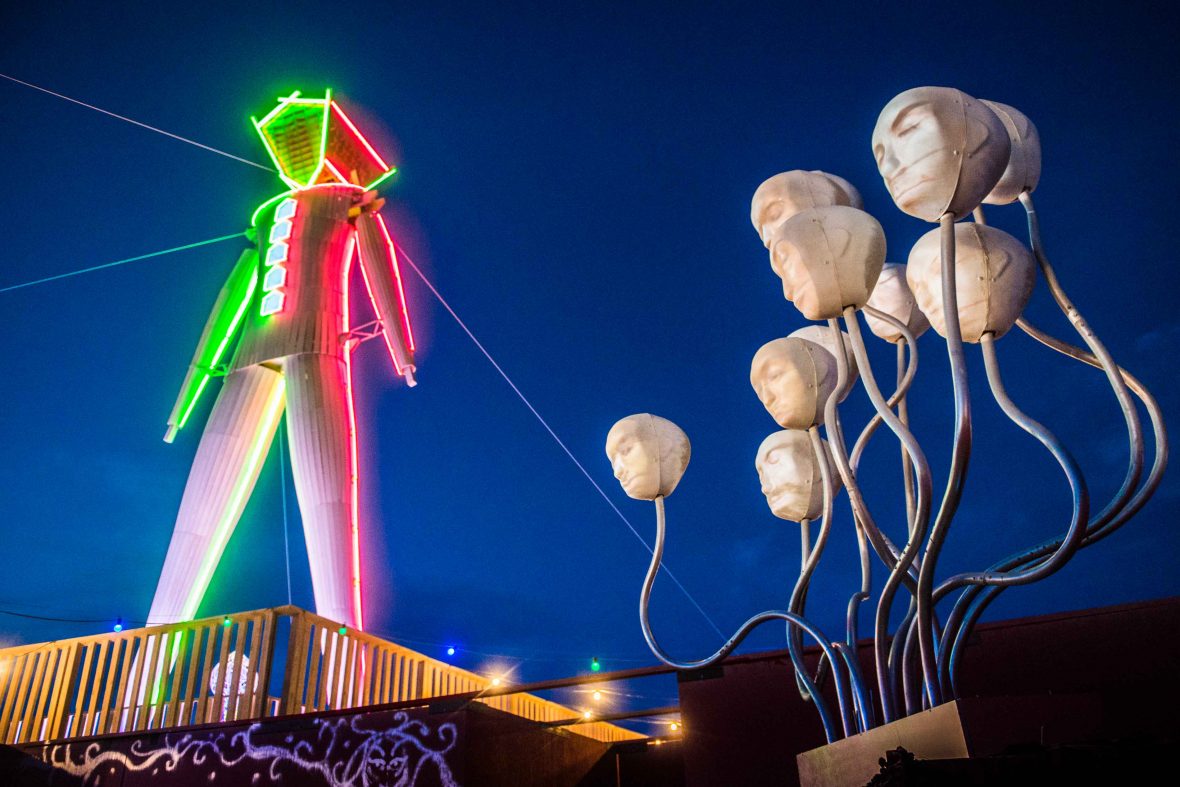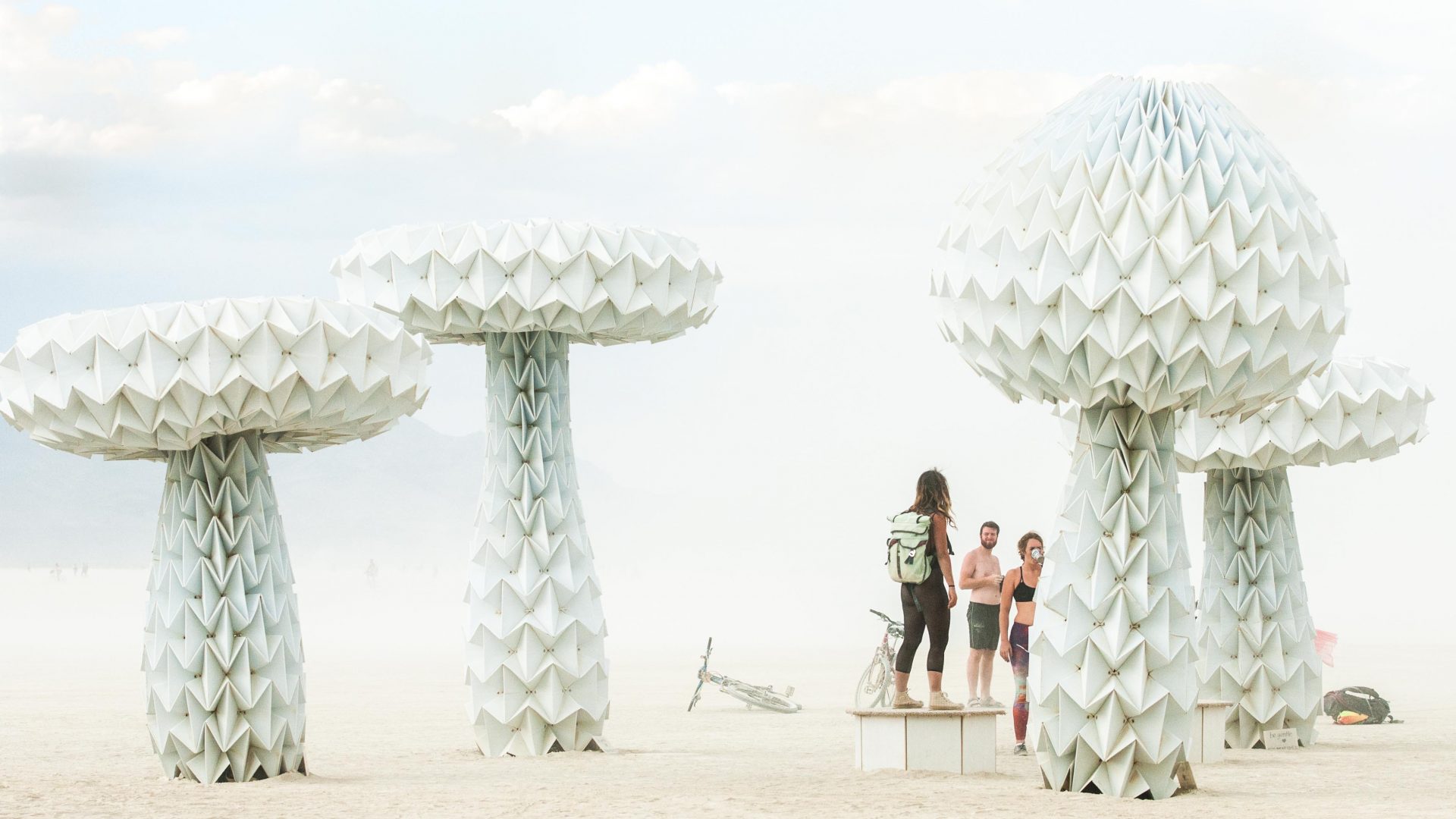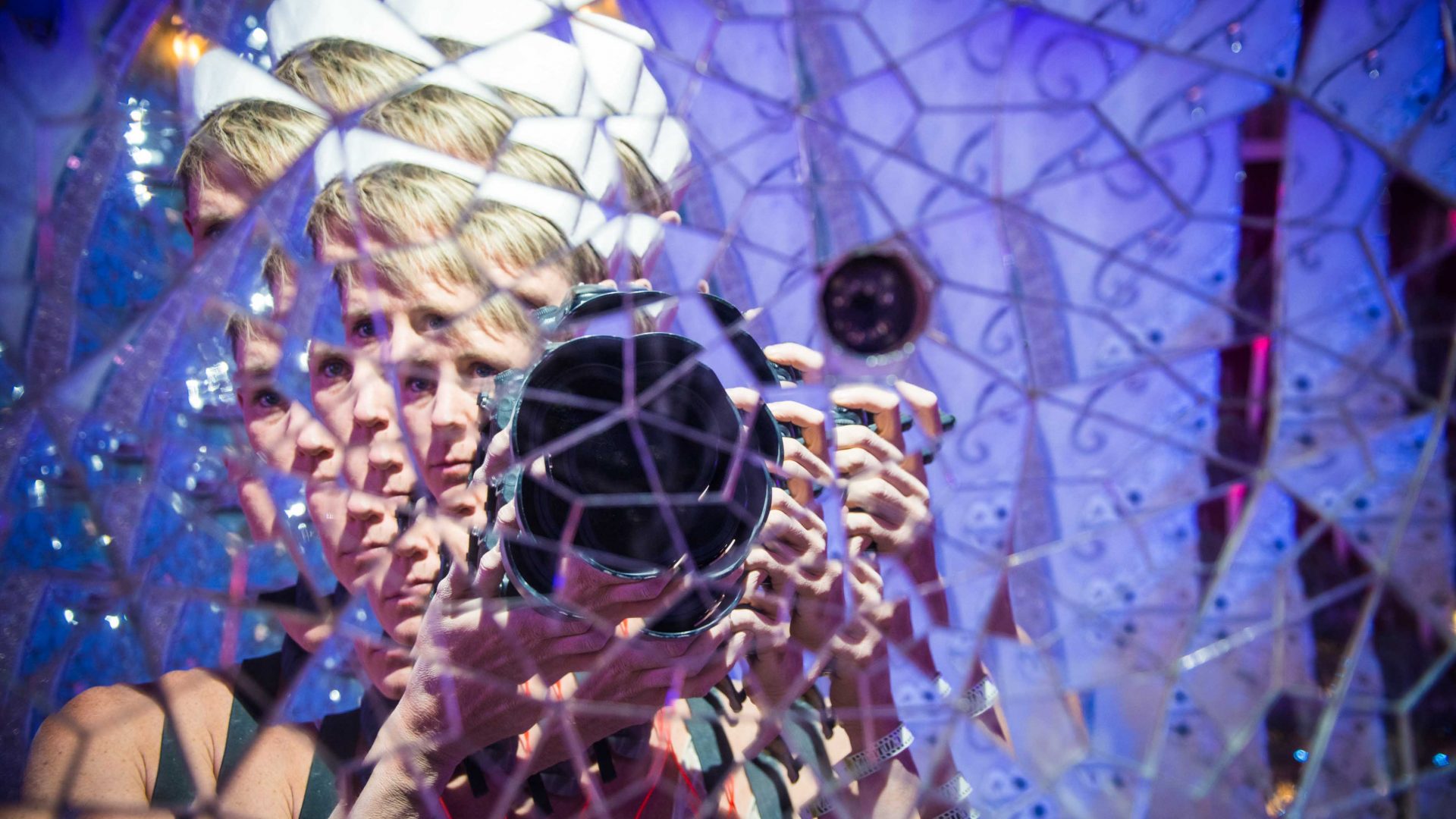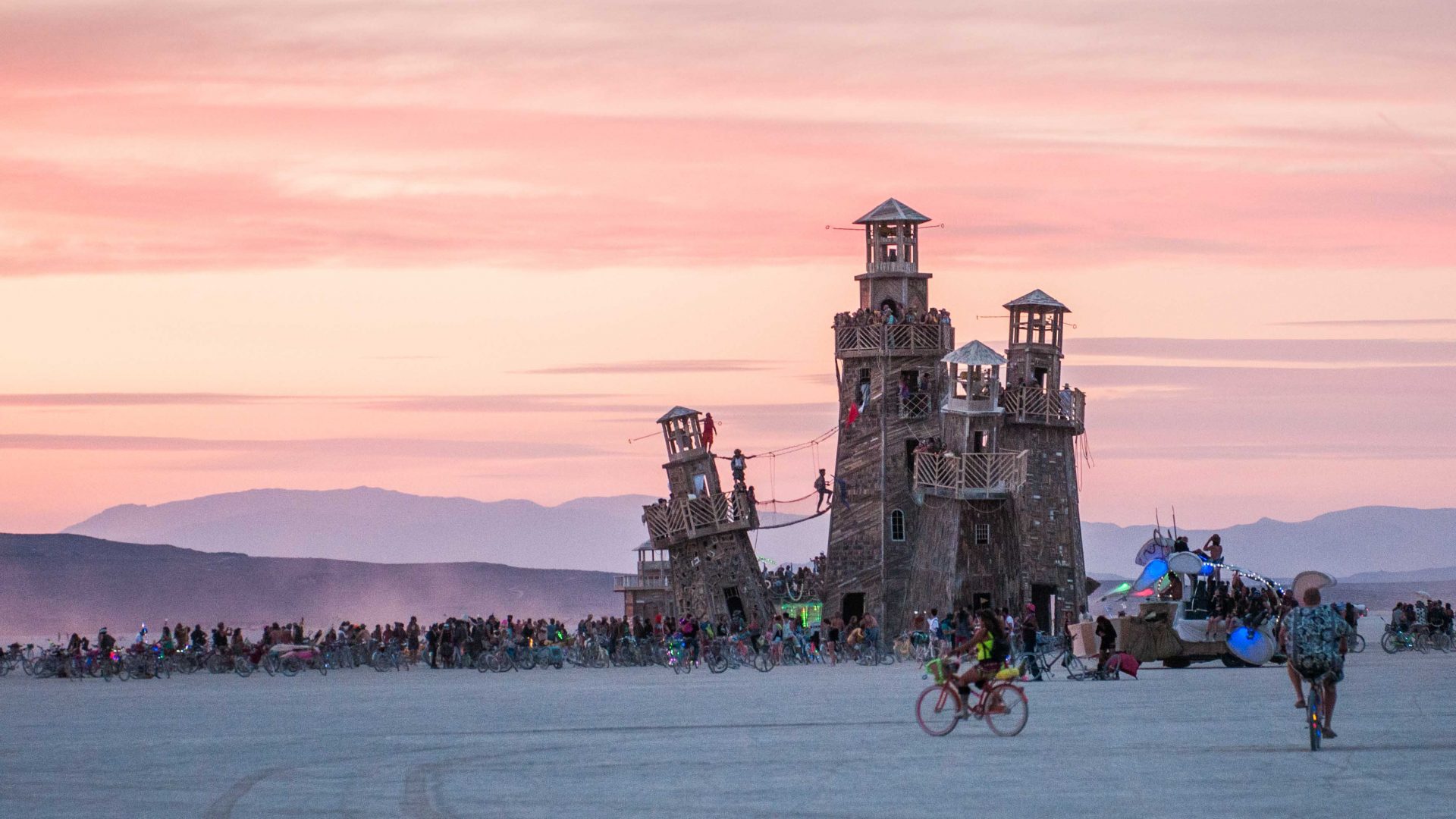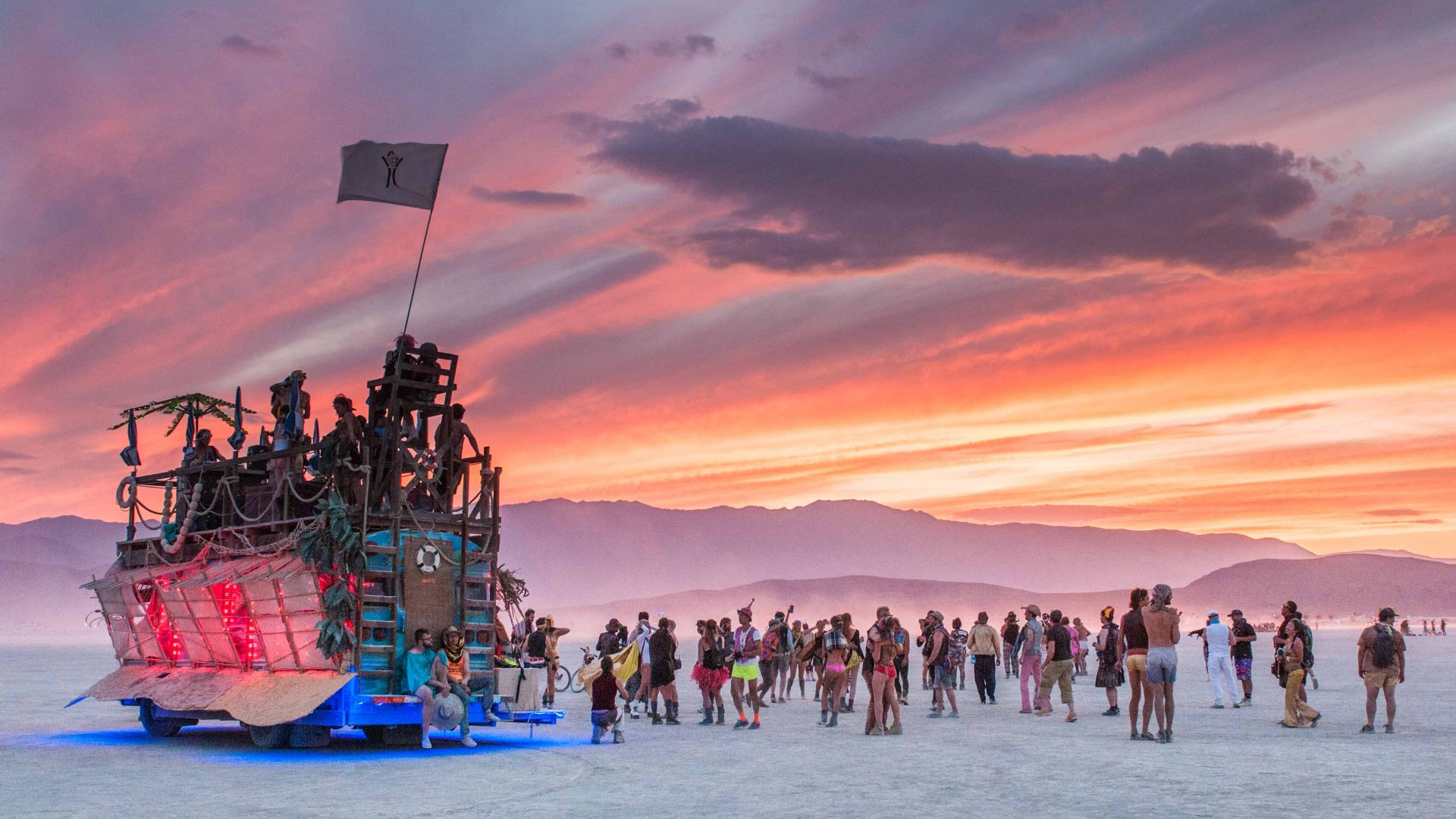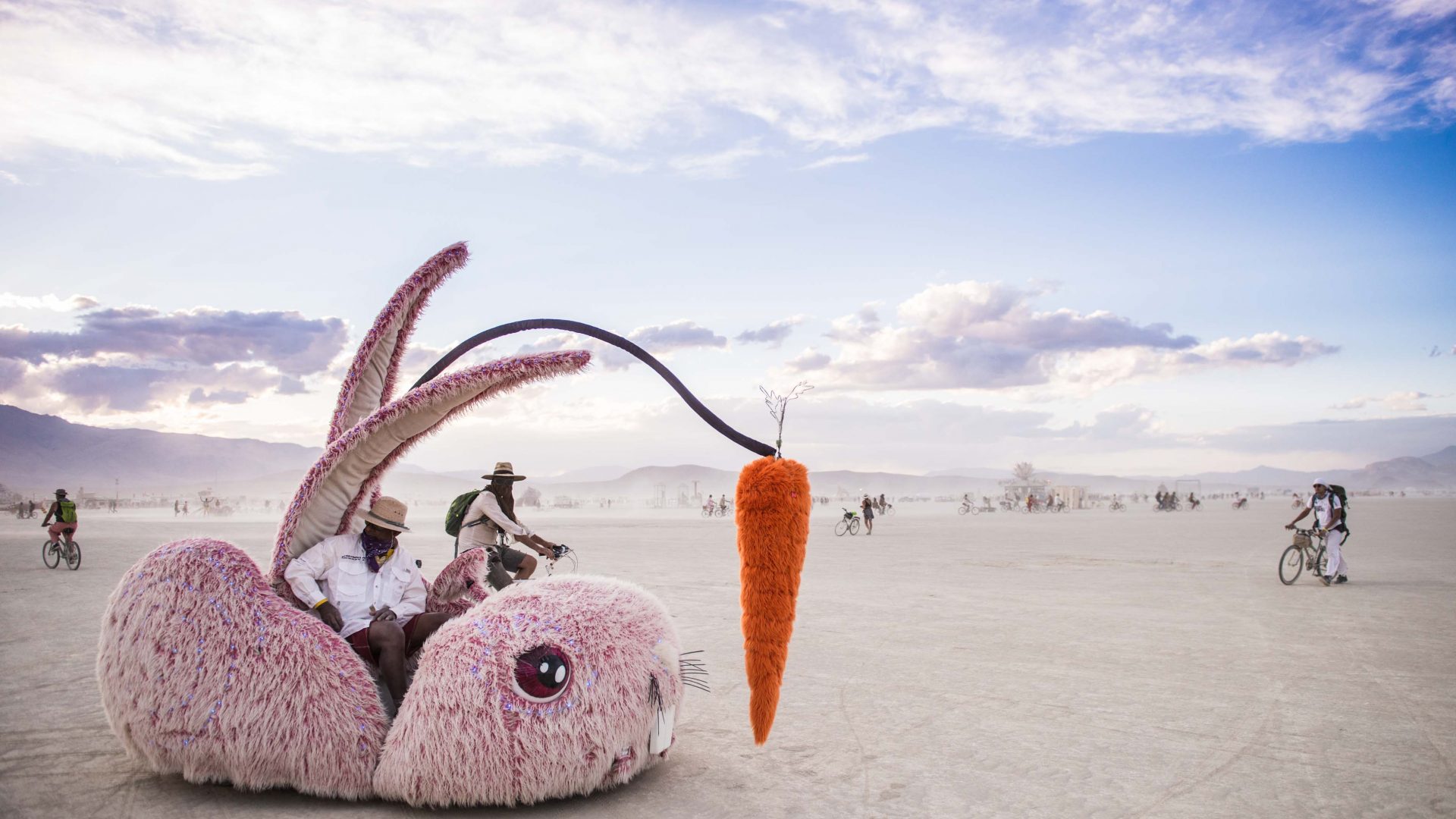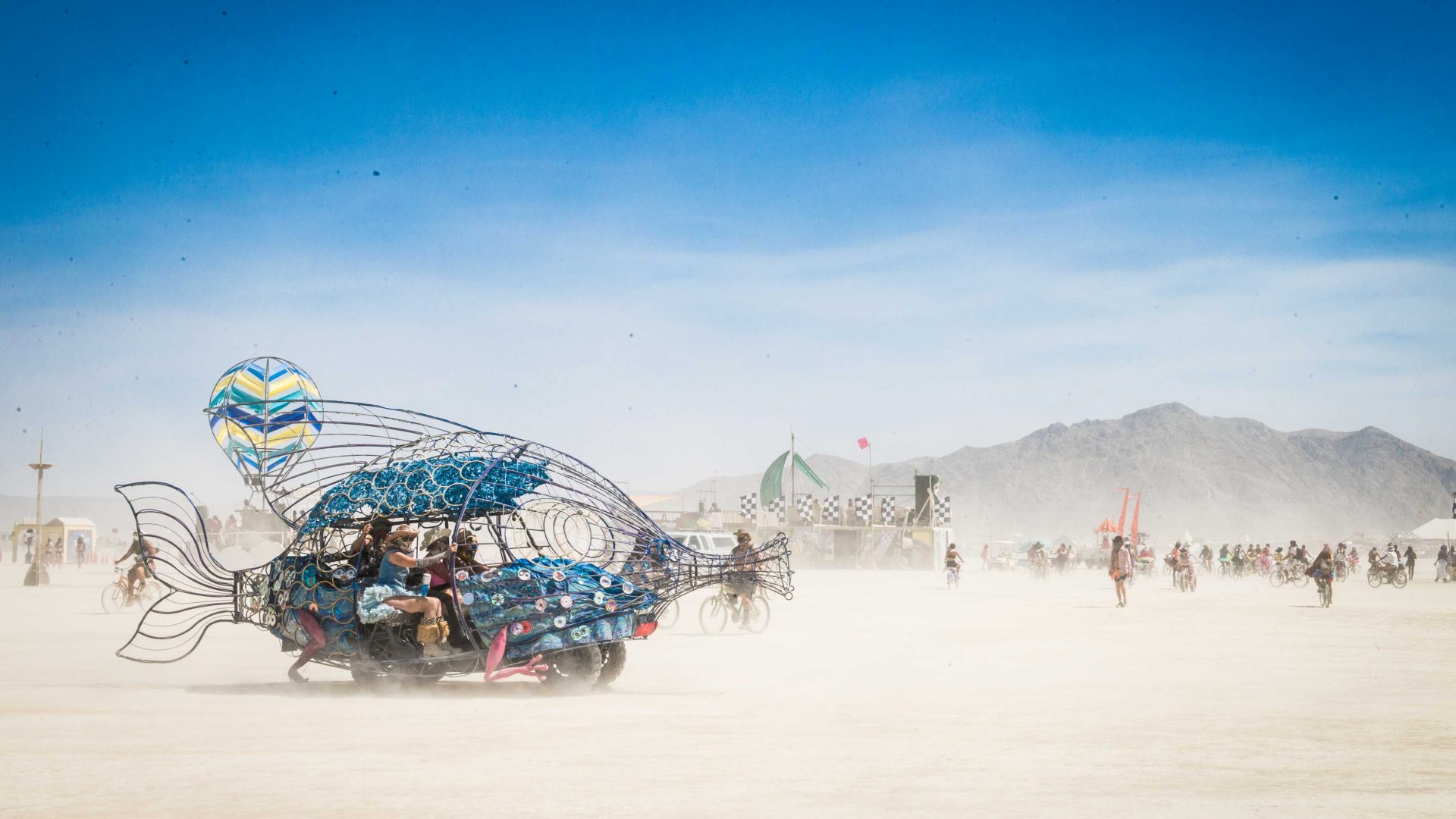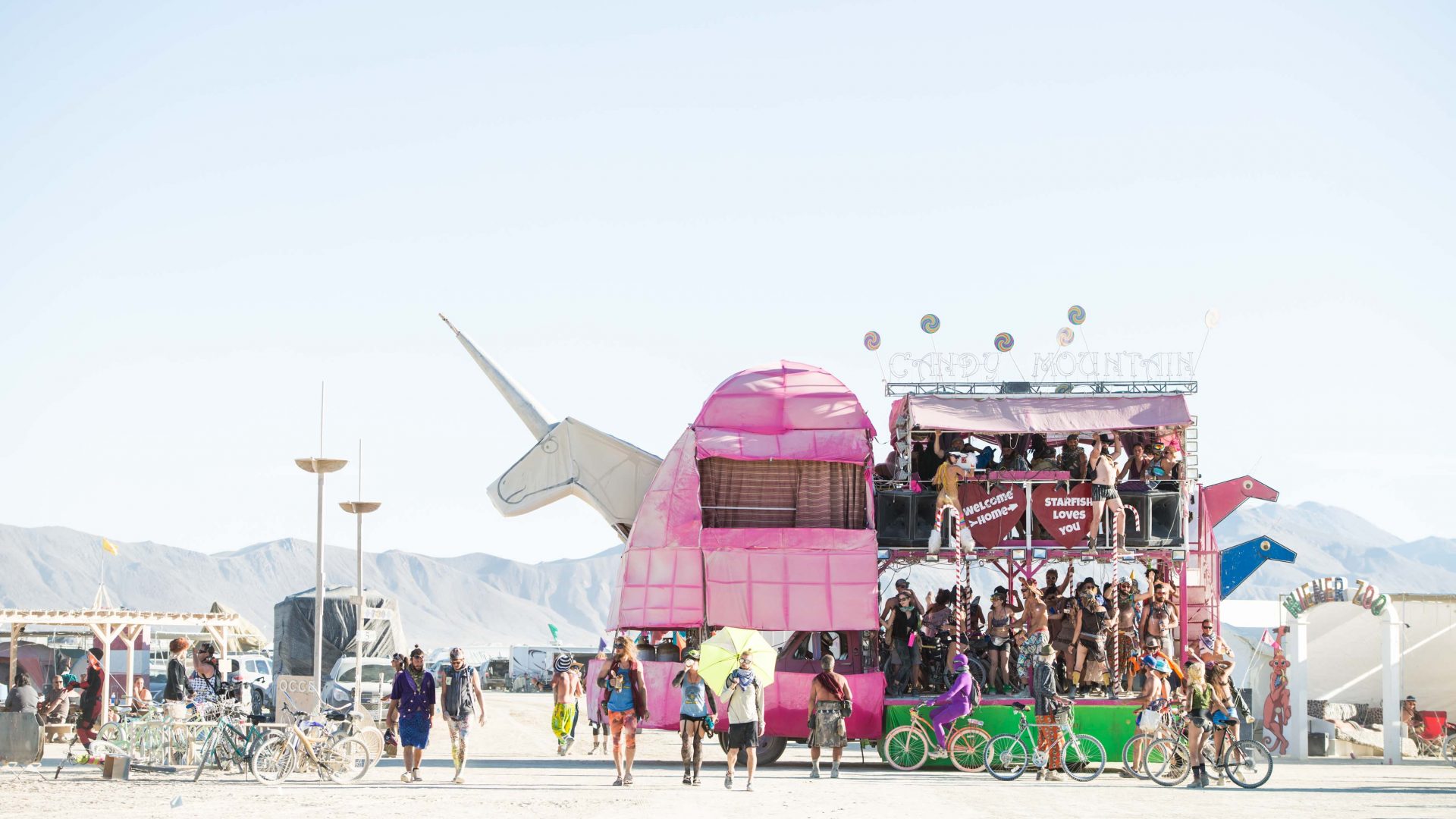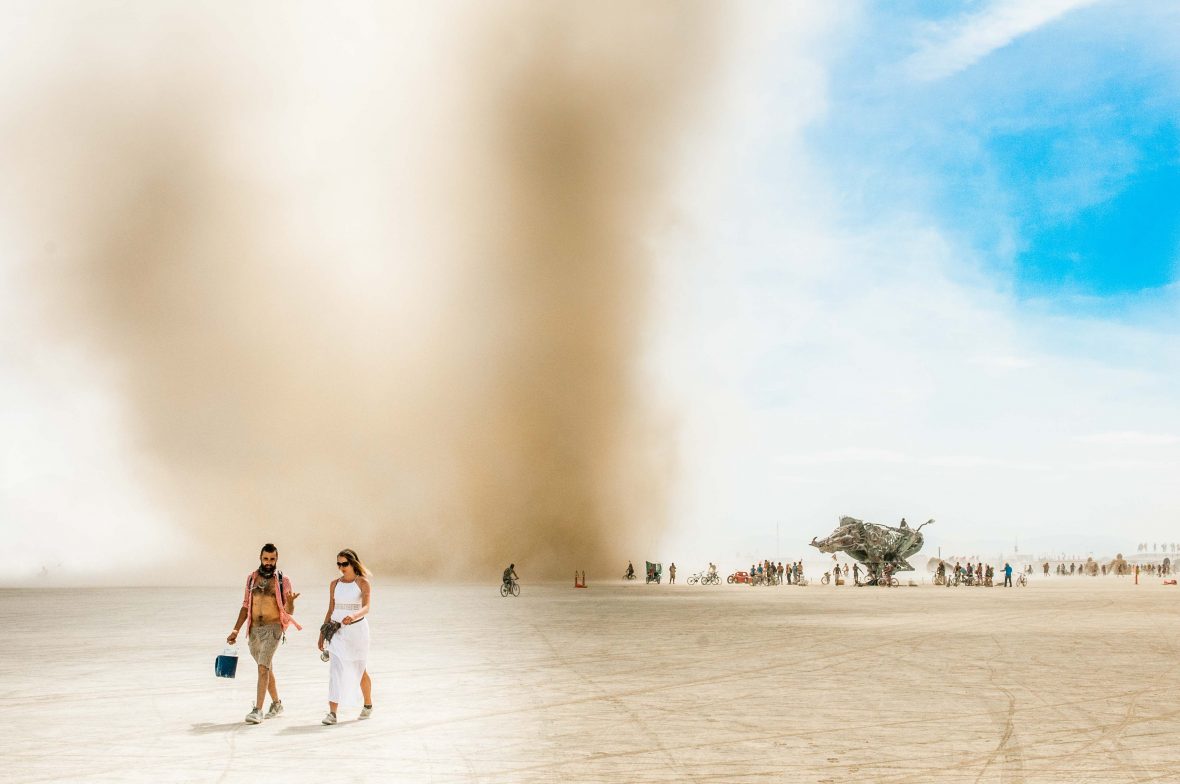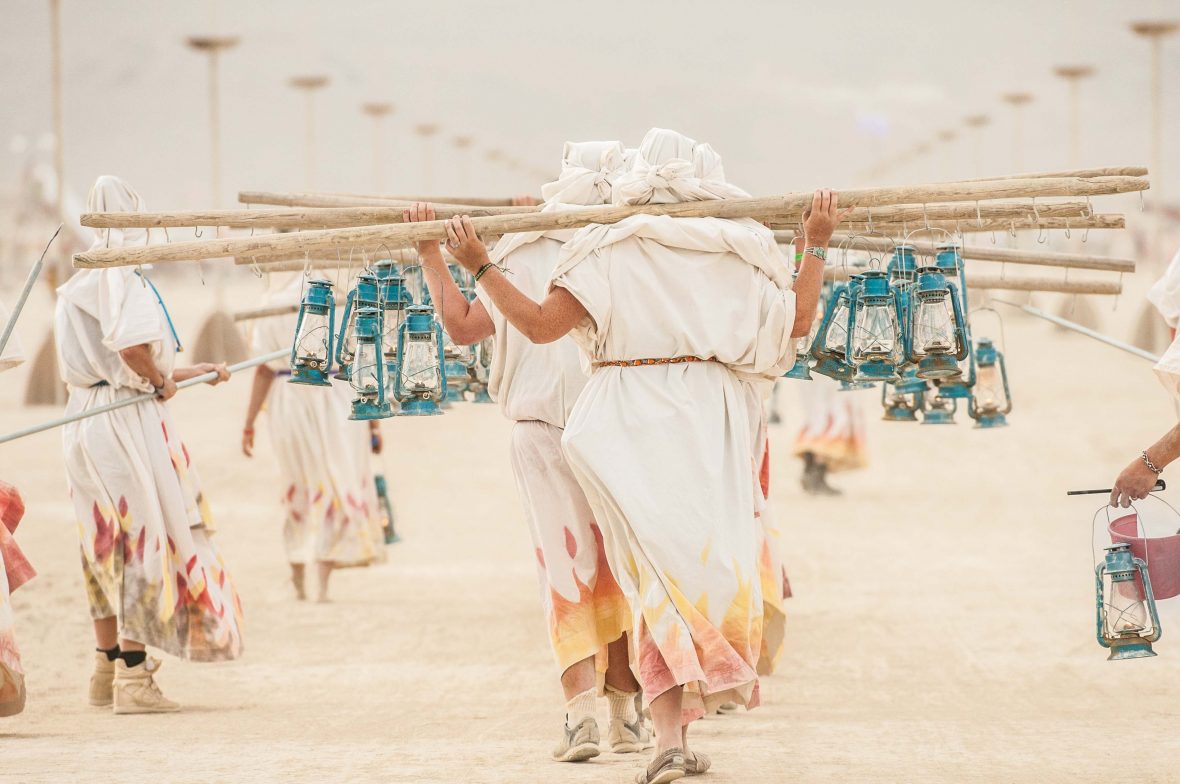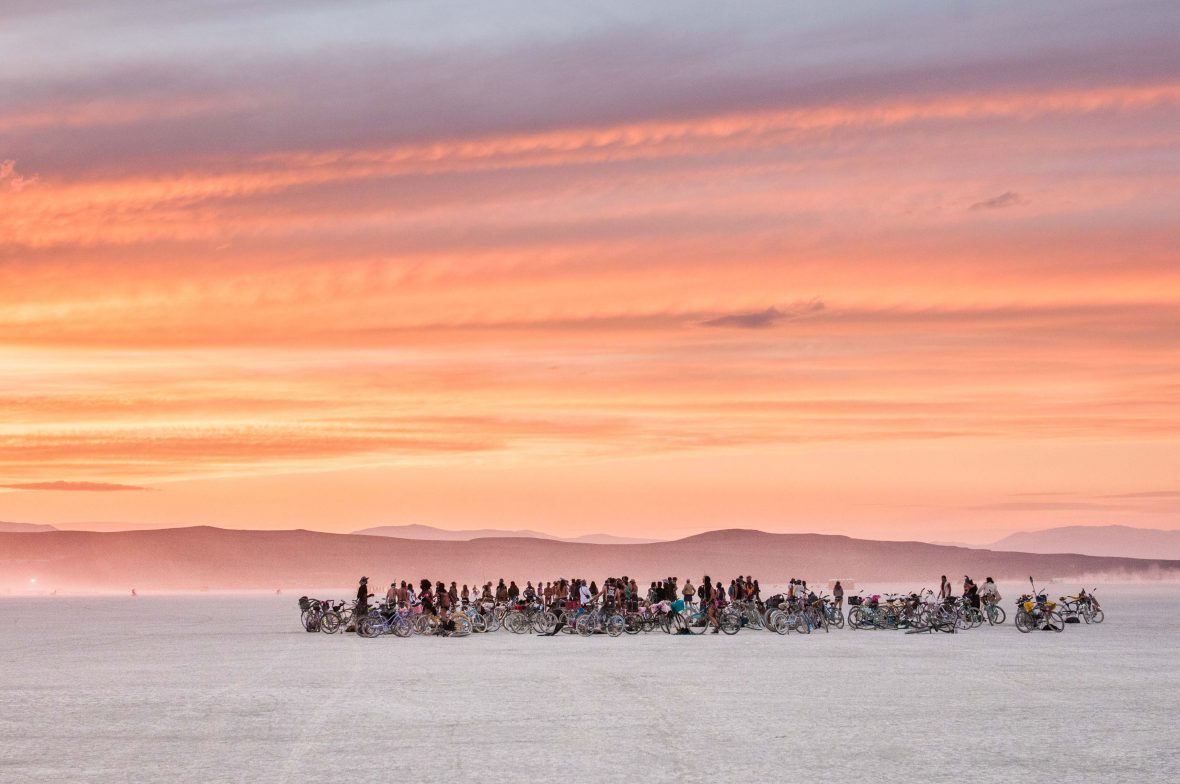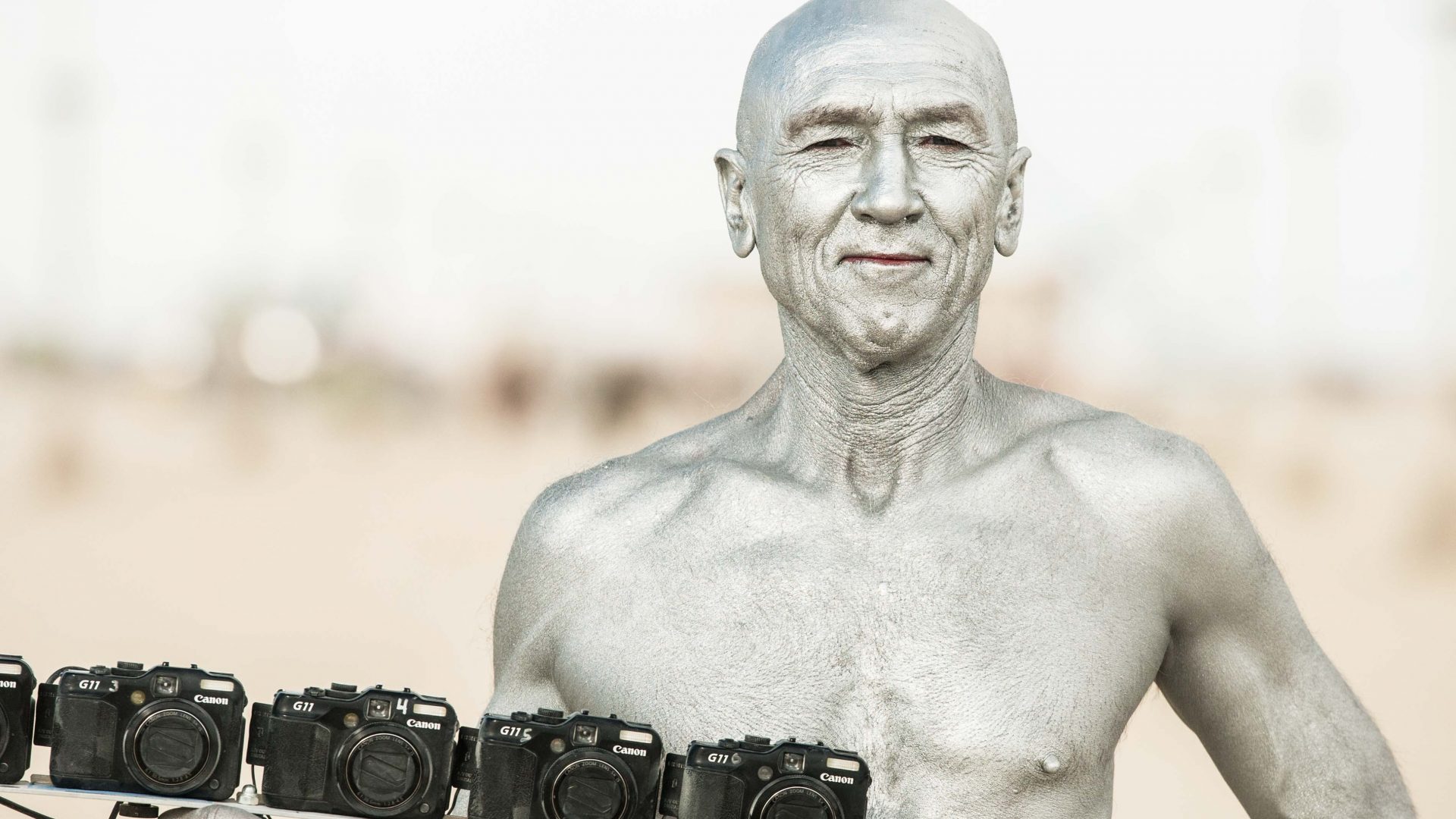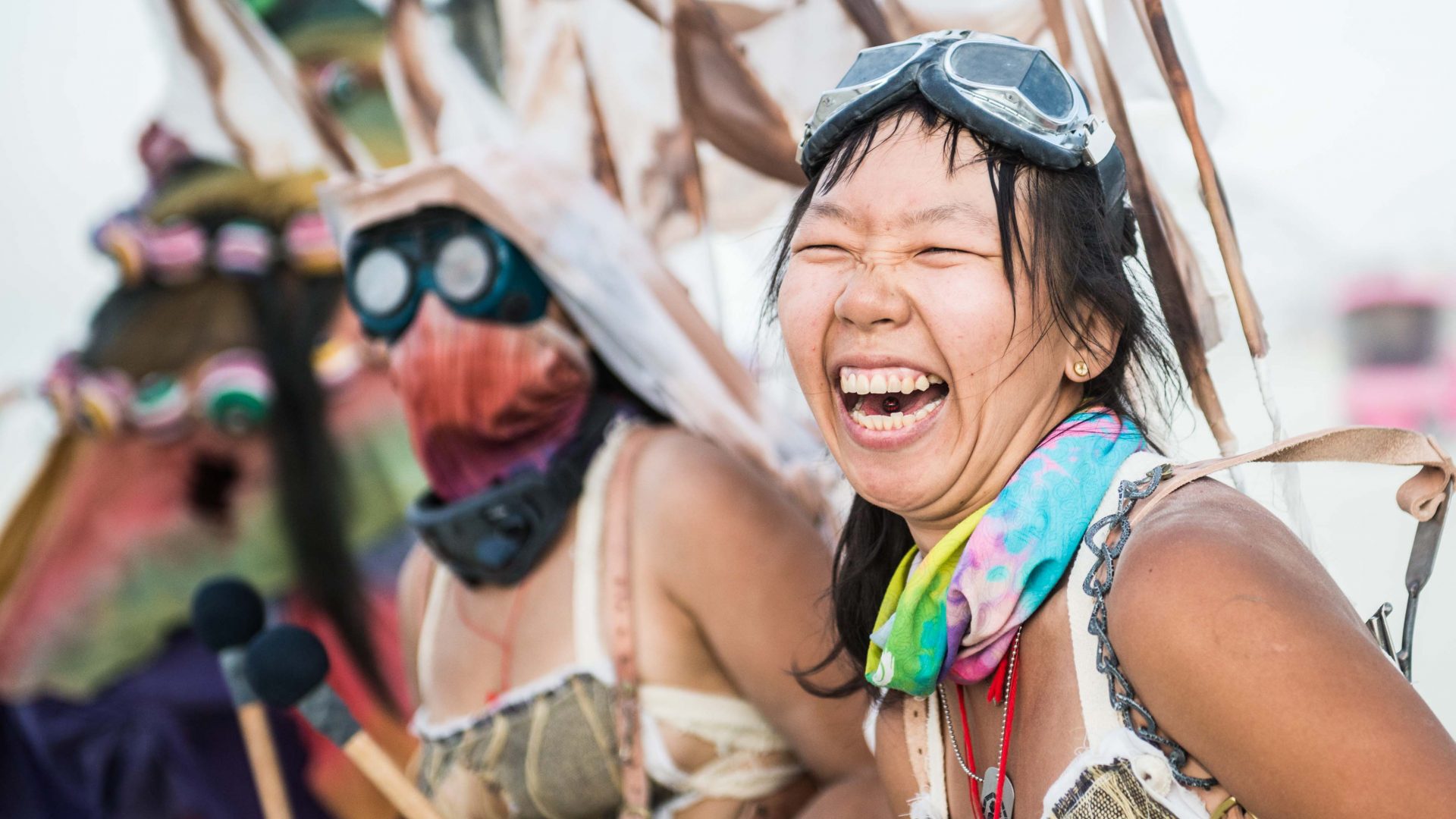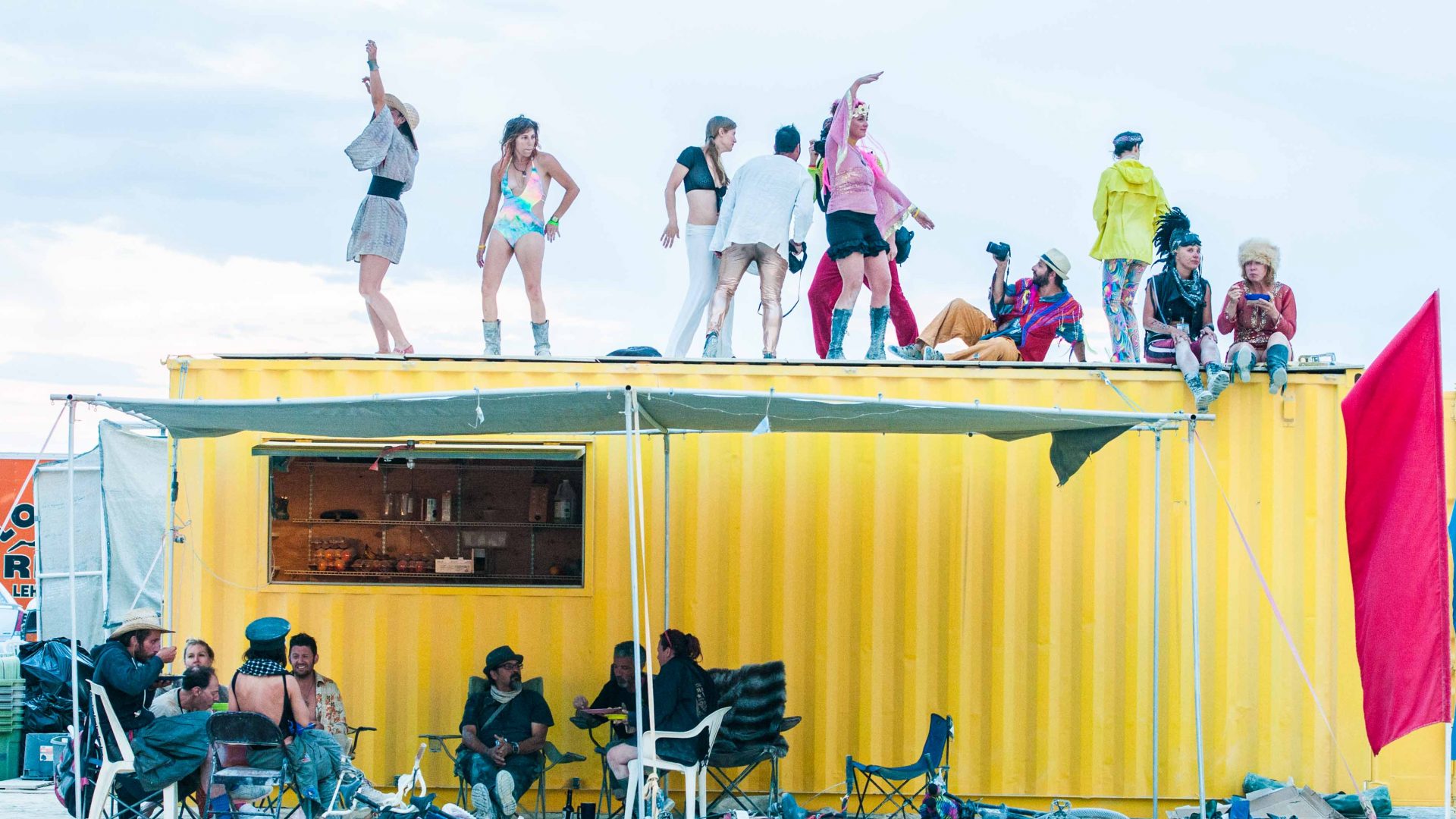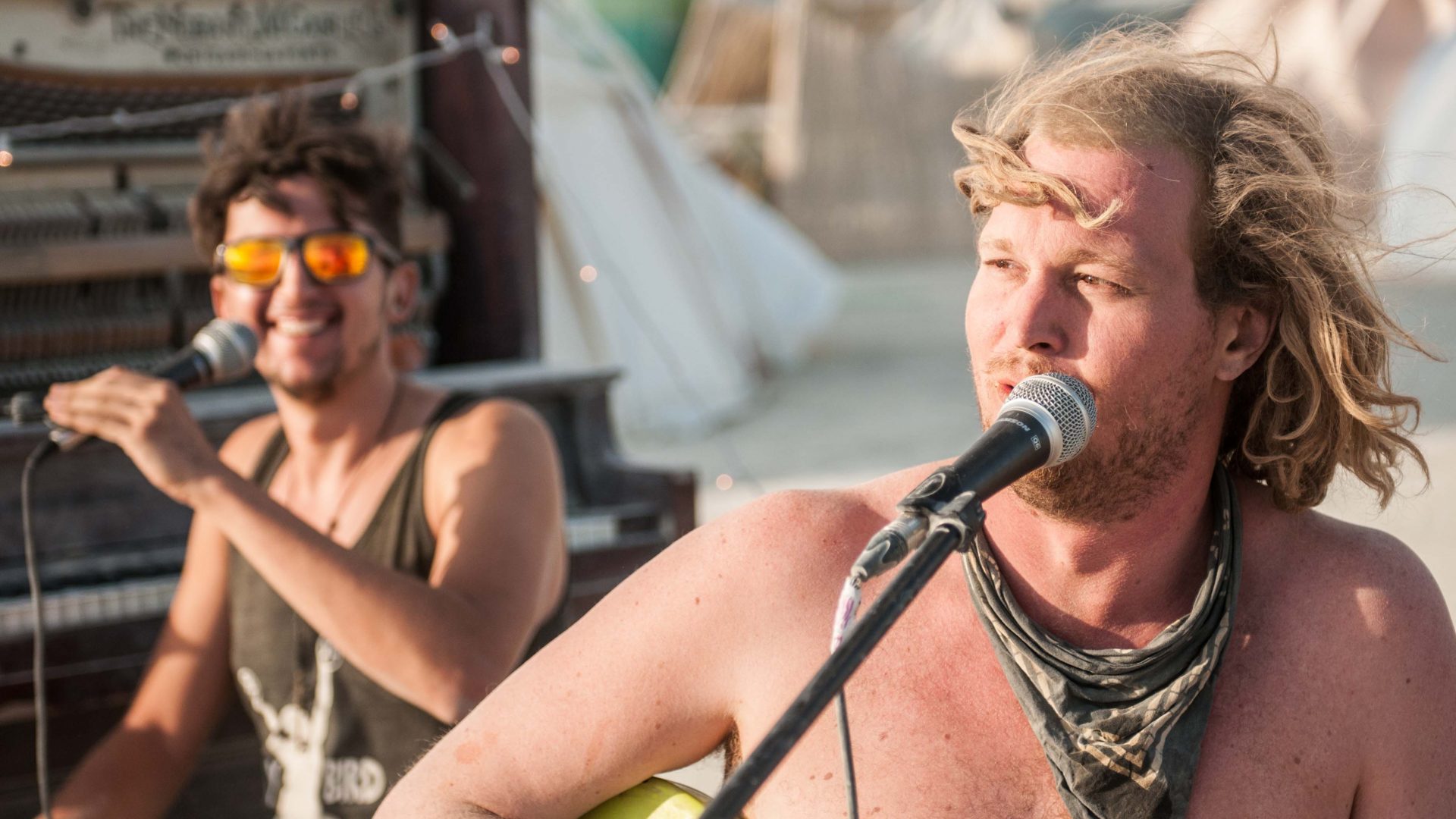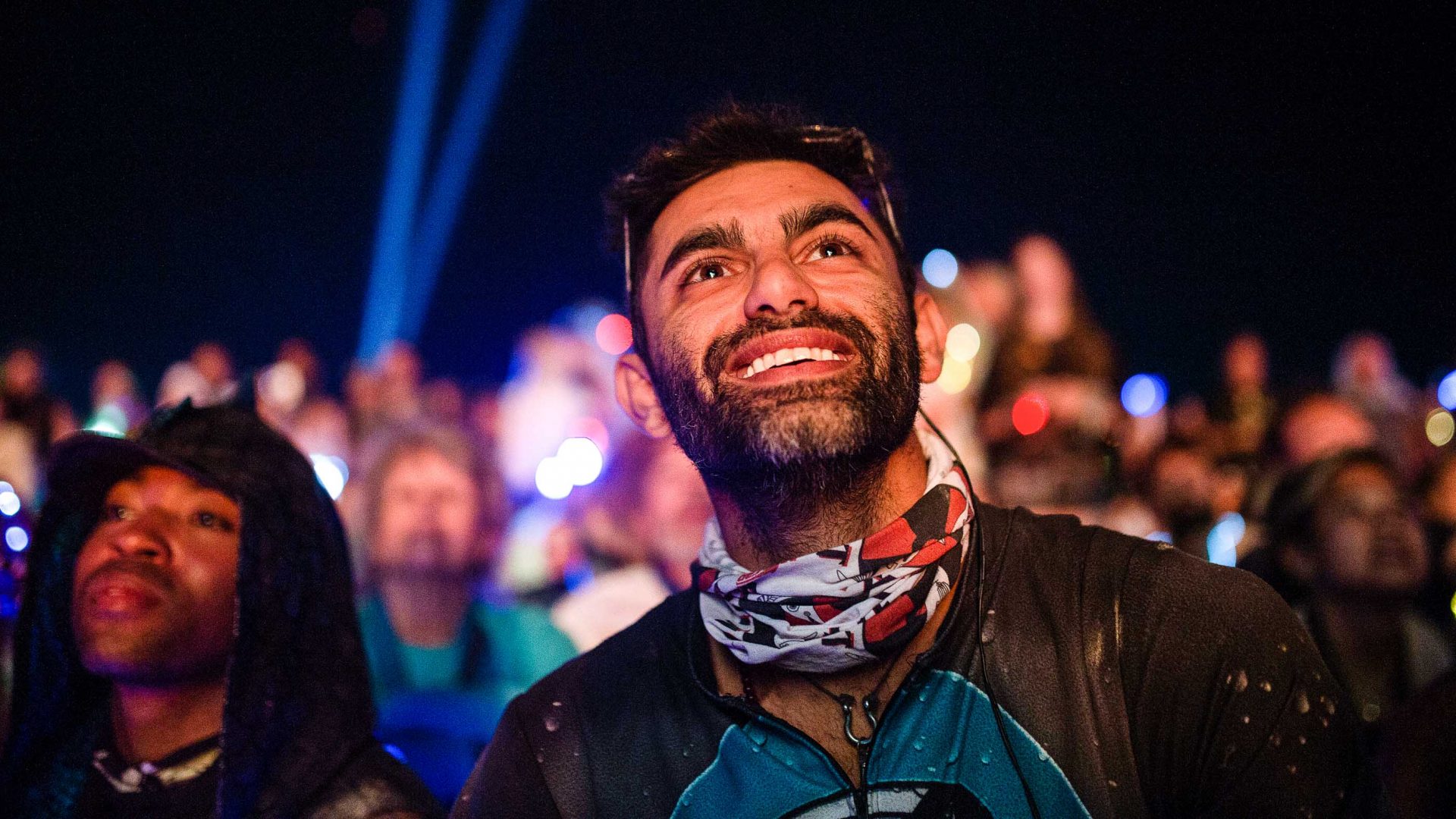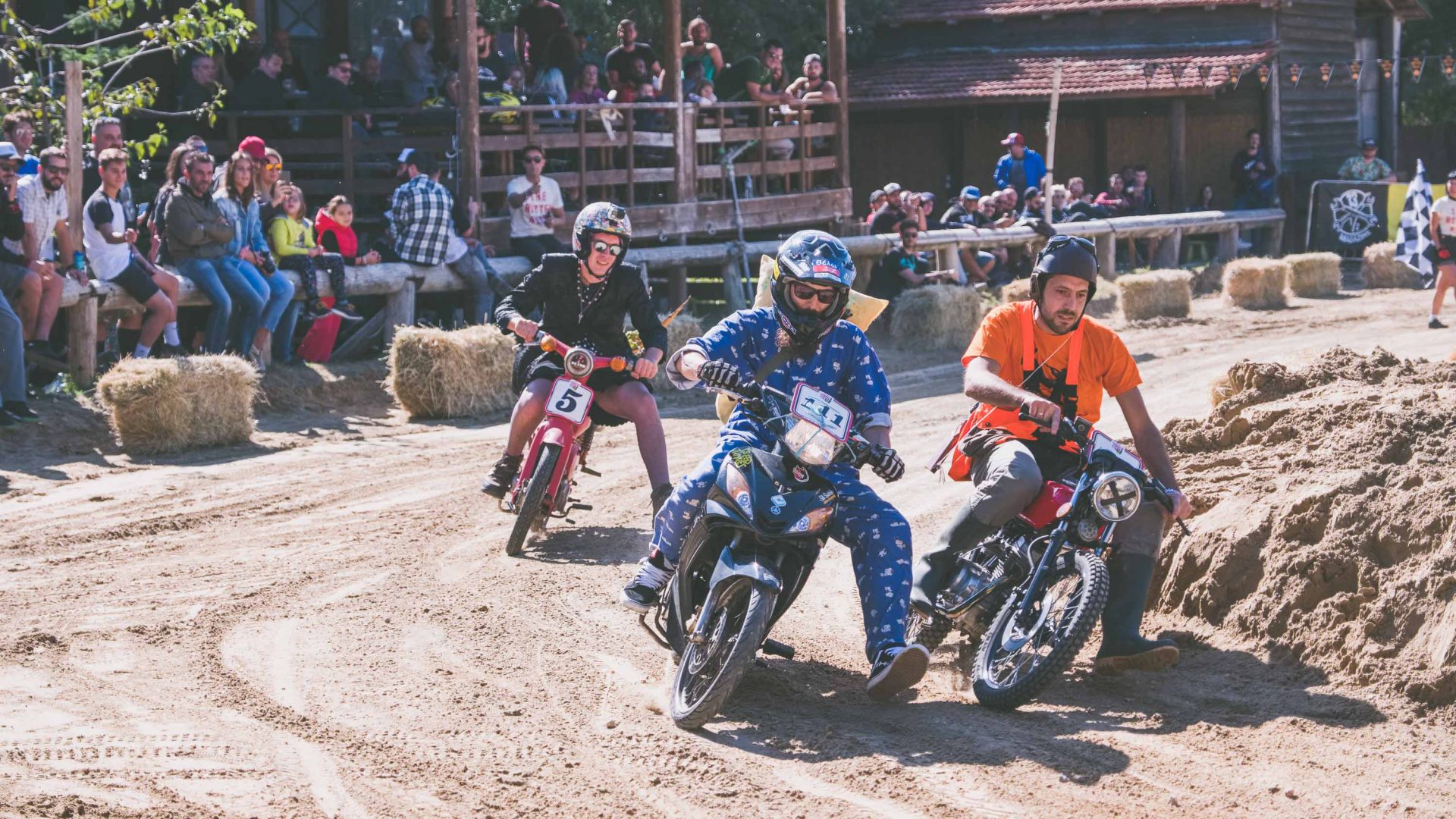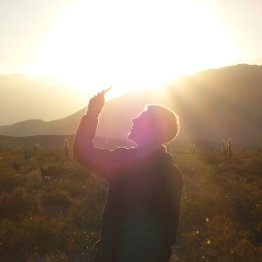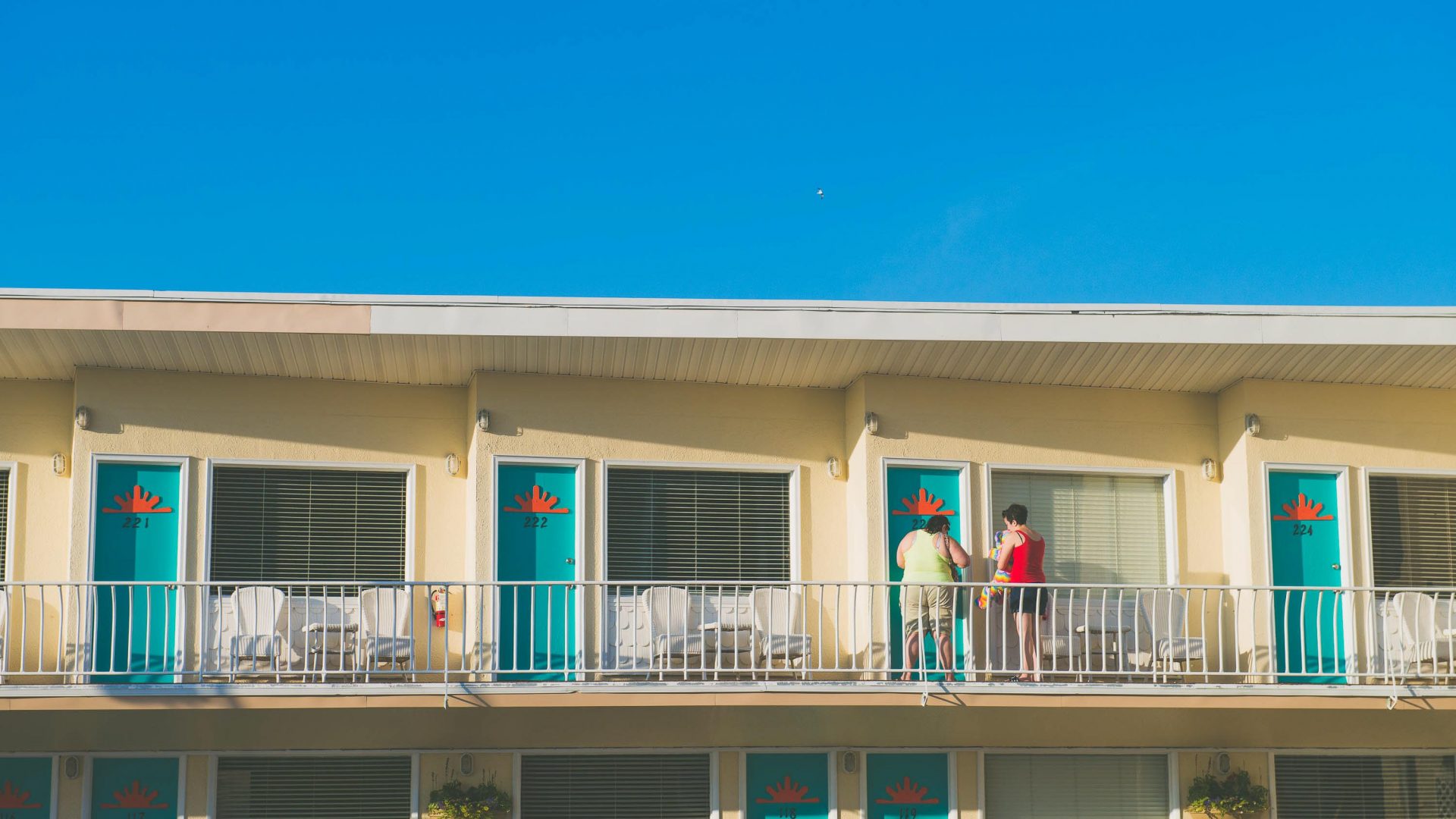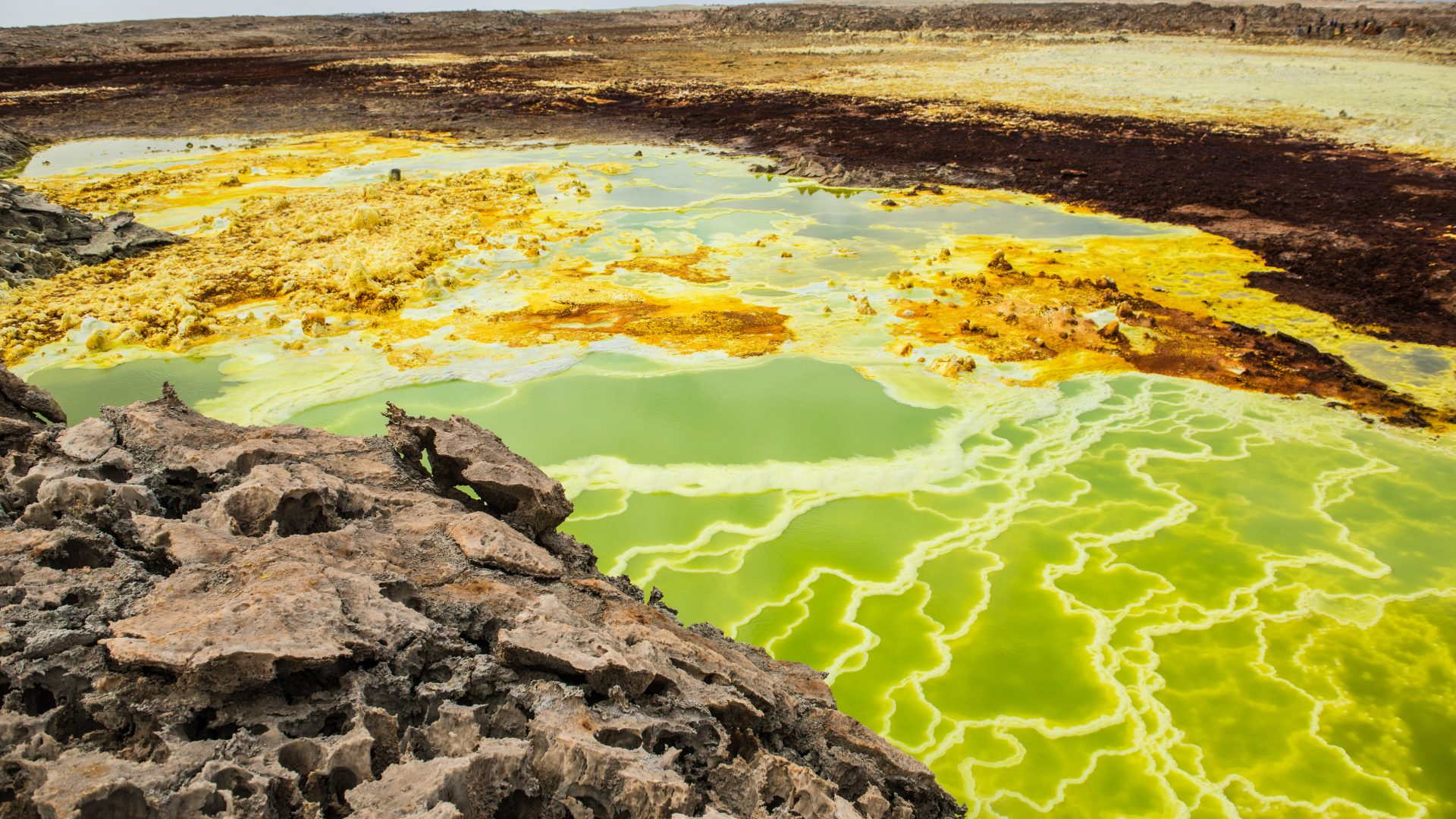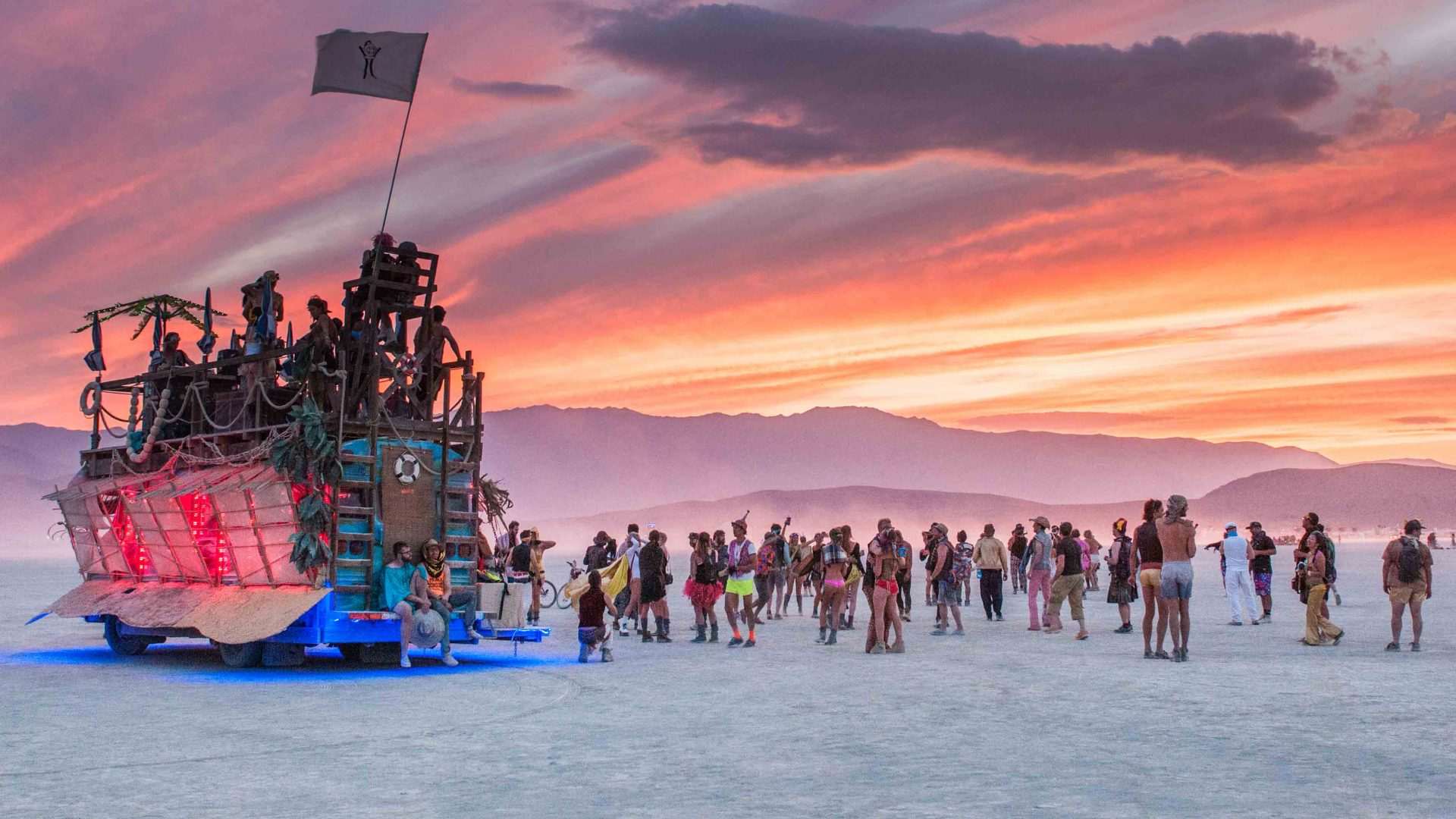
Adventure.com photo editor Nicola Bailey surfaces from the dust at Burning Man to show us what life is really like at this annual desert gathering, a utopia of hedonistic human connection and mind-bending art installations.
“Burning Man is the place to find out who you are, then take it a step further. It’s a community, a cultural movement and a temporary city.” That’s how this annual week-long festival in the Nevada Desert bills itself.
Perhaps most importantly, Burning Man, a gathering that began in 1986 to celebrate the summer solstice, is a place free of any corporate sponsorship, where money is of no use, where all the entertainment is provided by its citizens, and where connection, creativity and collaboration are key.
I’d heard about Burning Man over the years, but knowing the challenges of getting a ticket and actually getting out into the desert, I never expected to one day find myself there. So when an opportunity came up to join a crew who would be building an art project at Burning Man, I jumped at the chance.
